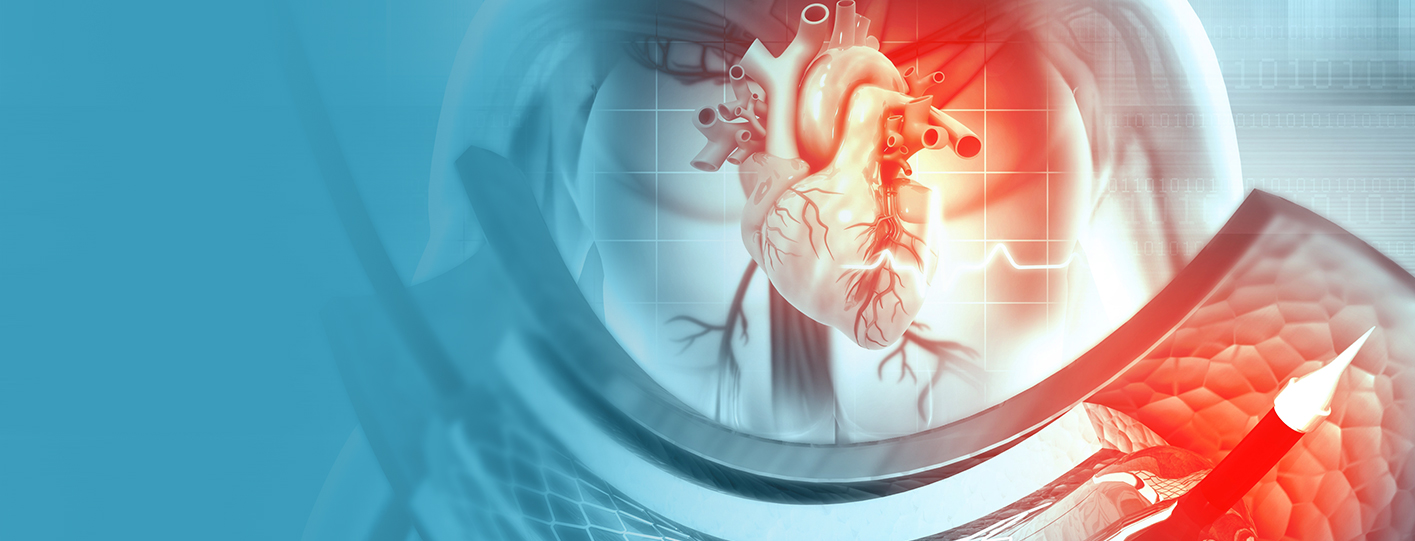There are different kinds of heart diseases, and each has unique signs and different treatment solutions. There are various means, like angiography, to analyze the condition of blood vessels supplying blood to the heart. The purpose of angiography is to image the heart chambers and other anatomical and structural features of the blood vessels. Angiograms were originally used to diagnose intravascular pathologies structurally, but they are now also used to provide functional evaluation and treatment options. This method can help in preventing various life-threatening cardiovascular events, such as heart attack, timely.
Between 2018 and 2023, there has been an increase in the prevalence of heart problems in younger age groups. There has been a significant increase in the number of coronary angiography procedures to diagnose coronary artery disease between 2018-19 and 2022-2023 in both the 36-45 and 19-35 age groups.
Heart attack is an unforeseen and abrupt event. It can occur as a result of a deadly arrhythmia, a genetic cardiomyopathy (disease of the heart muscles), or a vulnerable coronary plaque rupturing. Such occurrences are rarely avoided. Assessing age, gender, diabetes, smoking status, lipid profile, family history, and performing timely angioplasty is the first step in determining a person's risk for cardiac events.
Certain people can see significant improvements in their health with medication and lifestyle modifications. Others might require surgery in order to restore proper heart function. Lets know more about angiography cost in India or popular cities like Delhi, Chennai, Bikaner, Panipat and Patna and its complete procedure in this article.
What is Angiography?
An angiography is a diagnostic process that looks for obstructions in your blood vessels (veins or arteries) using X-ray produced images. Your doctor can see how blood flows through blood vessels at particular points in your body by performing an angiography test. An angiography of the heart, neck, kidneys, legs, or other regions is used by doctors to identify the source of an artery or vein problem. Your doctor can diagnose and/or treat the following conditions with an angiography test:
Before the Procedure
You may expect following on the day of your angiogram:
- Maintaining open, flexible, and easily accessible blood vessels can be achieved by delaying the intake of coloured liquids until two hours prior to the procedure.
- Patients going for an angiography will take off their clothes and put on a hospital gown. It is crucial to refrain from eating for eight hours prior to the angiography procedure in order to prepare for it.
Also, read: What Is An Angiogram Of The Heart?
During the Procedure
- A tiny incision is made, and a sheath is then inserted into the blood vessel to facilitate the insertion of the catheter and guidewire as well as the contrast agent injection.
- When using an X-ray, the guidewire can be seen and followed as it moves through the vessels.
- Once the guidewire is properly placed, a catheter is then inserted over the guidewire. Then the catheter is threaded to reach the target blood vessel. There it injects the contrast agent into the bloodstream.
- During the process, the catheter might be moved to image the internal structure of the heart directly or to image other areas of the arterial system.
After the Procedure
After the procedure is complete, the catheter will be taken out, and a doctor will press the access site. The monitoring will be done to see the bleeding. You will often lie still for a specific period of time.
For higher-risk angiograms, like those involving femoral artery access, you might need to spend a few hours in bed rest and observation at the hospital. It's not advisable for you to drive home.
Also, read: Angiography vs Angioplasty: What is the difference?
What is the average Angiography Cost in India?
The cost of angiography in India varies depending on various factors including:
- Number of suspected blockages
- Kind of disorder
- Doctors fees
- Facility charges
However, the angiography cost in Delhi, India may range from $200 to $500. The CT angiography price may range from $450-$500.
Conclusion
If your doctor recommends an angiography for you, it indicates they are trying to find solutions. Your angiogram test results will be used to determine whether you require treatment. If it makes sense for your case, they might address your problem while the procedure is being performed. In either case, you'll feel at ease and content. Your doctor will address your queries if you have any questions concerning your angiogram or what the doctor investigated from it.
Frequently Asked Questions (FAQs)
Q1: Does Angiography cause pain?
A: During an Angiography procedure, a long, thin, flexible tube called a catheter is carefully guided to the area being examined by means of the artery; this process may cause some pushing and pulling, but it shouldn't be painful.
Q2: What is the duration of an Angiography?
A: It takes one to two hours to complete the angiogram. It can take longer at times. In certain instances, the interventional radiologist performs a supplementary procedure, like an angioplasty, concurrently with the angiogram. The process takes longer as a result.
Q3: Can someone who just had angiography walk?
A: After a few hours, if everything goes according to plan, you should be able to get up and move around. If you become unwell after the procedure, you should notify the medical staff who are treating you.



